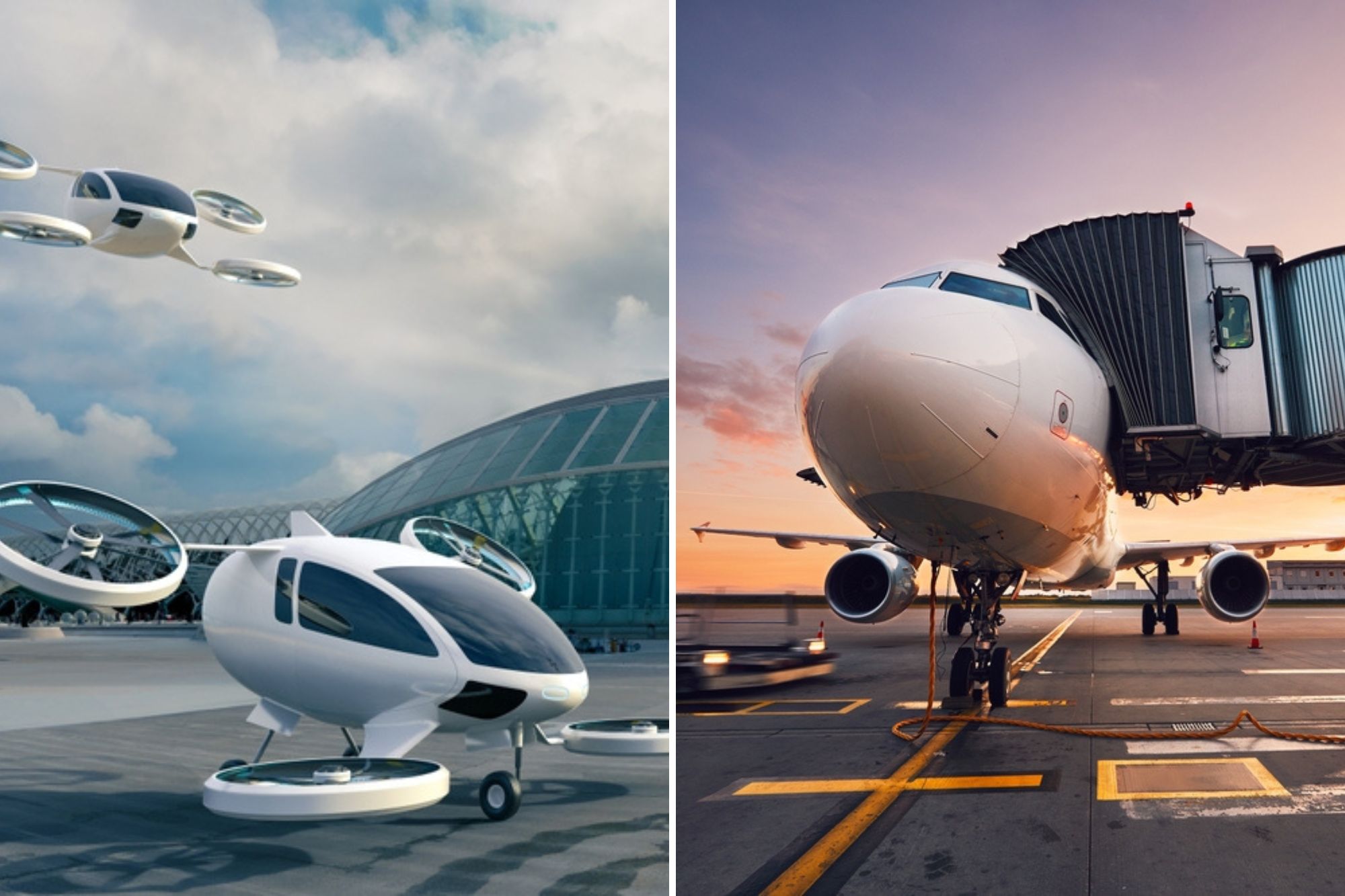
Key Takeaways:
Revolutionizing Airport Efficiency: Unveiling the Power of Robotics & Automation in Ground Handling
The aviation industry is no stranger to innovation, constantly striving to improve efficiency, safety, and passenger experience. One area that has recently gained significant attention is ground handling, the essential processes that take place on the ground to ensure smooth airport operations. In this article, we will explore the untapped potential behind the power of robotics and automation in ground handling, and how it revolutionizes airport efficiency.
Enhancing Efficiency with Robotics & Automation
The implementation of robotics and automation solutions has the potential to transform and significantly improve ground handling operations at airports. These advanced technologies can expedite processes, reduce delays, and enhance overall efficiency.
By automating tasks such as baggage handling, cargo loading, and aircraft refueling, airports can streamline operations and save valuable time. Autonomous baggage carts and robots equipped with state-of-the-art sensors and AI algorithms can navigate through airports, reducing the need for extensive human intervention. This not only improves efficiency but also enhances baggage tracking accuracy, reducing the occurrence of lost luggage.
Improving Safety and Decreasing Human Error
Robotic systems and automation technology greatly reduce the risk associated with human error, ensuring smoother and safer airport operations. The capabilities of robots to perform repetitive tasks with a high level of accuracy and precision minimize the occurrence of accidents and potential delays. With the integration of intelligent automation, operations become more streamlined, precise, and reliable. This significantly contributes to fewer accidents and reduced instances of damaged baggage and equipment.
Additionally, the use of robotics and automation eliminates the need for human workers to perform physically demanding or dangerous tasks. This decrease in physically demanding labor helps ensure the well-being and health of workers.
Optimizing Resource Allocation and Cost Savings
By implementing robotics and automation systems, airports can optimize resource allocation and reduce costs in various ways. By relying on autonomous systems for baggage handling, airports can decrease manual labor expenses. Moreover, advanced automation technologies can optimize fuel consumption for fleet vehicles and reduce overall energy usage.
The integration of robotics and automation also enables tighter control of inventory and stock management. Accurate tracking systems automatically update the availability of supplies, ensuring efficient resource allocation, reducing waste, and avoiding costly delays caused by supply shortages.
FAQs (Frequently Asked Questions)
Conclusion
The power of robotics and automation in ground handling is revolutionizing airport efficiency. By incorporating these advanced technologies, airports can enhance operational efficiency, optimize resource allocation, improve safety, and reduce costs. The benefits of implementing robotics and automation extend beyond streamlining processes; they provide an opportunity for safer, more reliable operations contributing to a seamless airport experience for passengers. As the aviation industry continues to embrace technological advancements, we can expect further improvements that will shape the future of ground handling.
Source: insidertechno.com